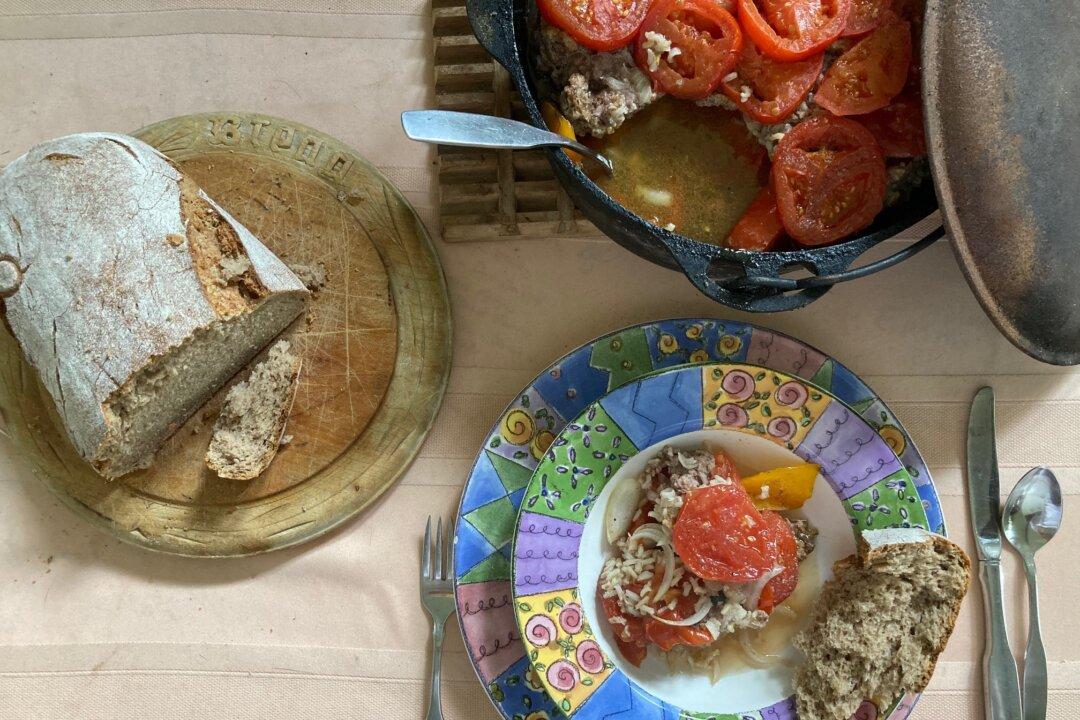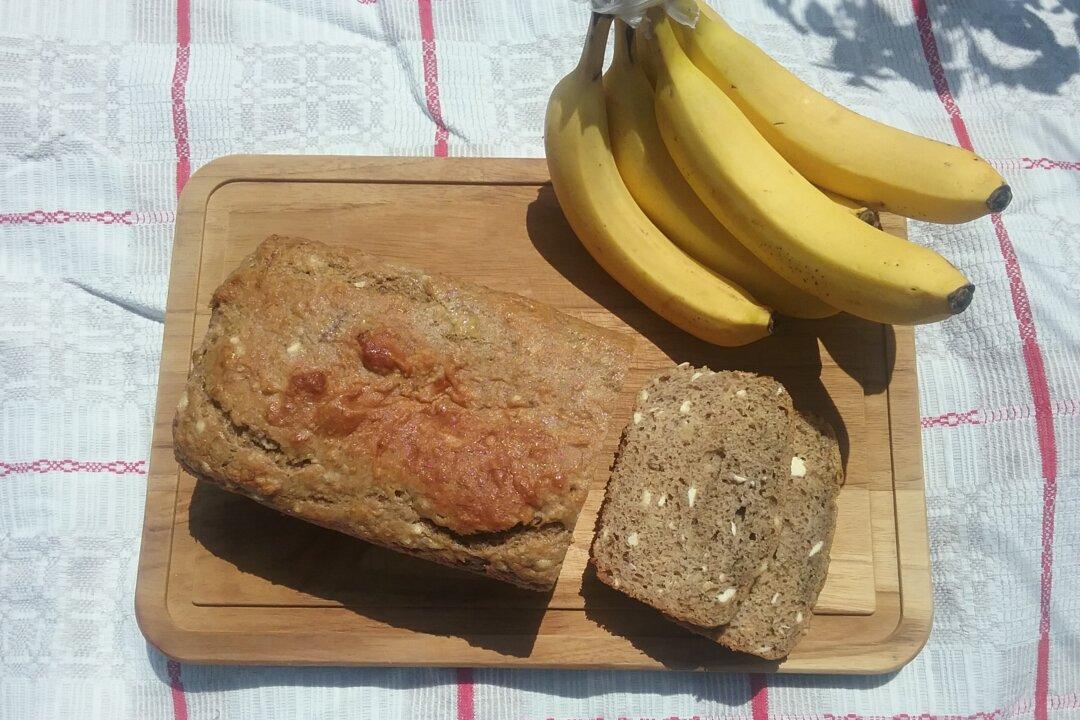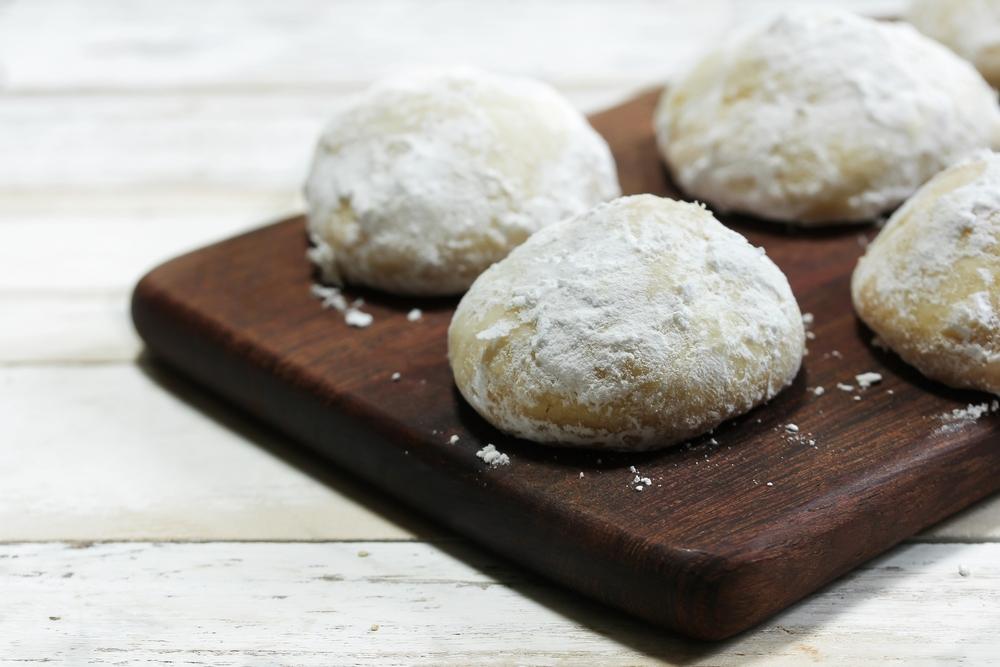Submitted by E. M. McCreight (grandchild No. 1), Springfield, Virginia
Every September, when the garden overflowed with tomatoes and green peppers, my German-born grandmother would gather the family, including us seven grandchildren, for a dinner of homemade “sacumpach.” We kids picked out the best parts of the casserole (does anyone like green peppers as a kid?) and enjoyed the meat and rice.





